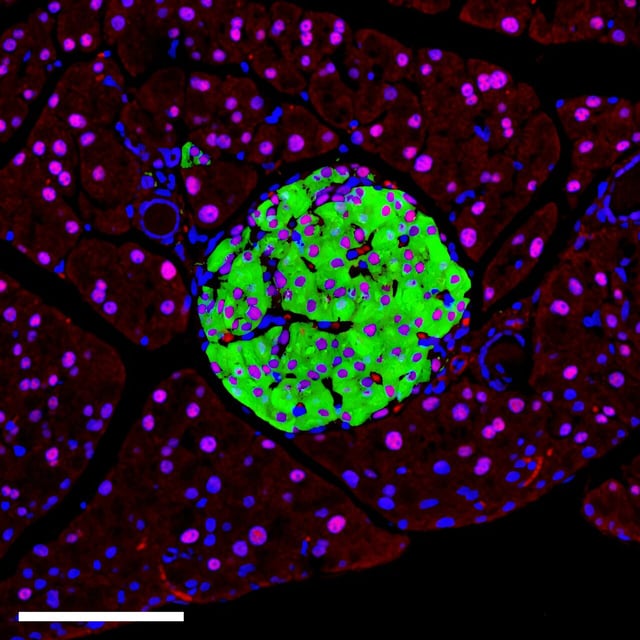Overview
- Targeted deletion of HNF1A in mouse and human β-cells reduced expression of more than 100 genes essential for insulin transport and release.
- Loss of HNF1A collapses levels of the splicing factor A1CF, triggering roughly 1,900–2,300 RNA splicing errors per β-cell.
- Analysis of diabetic donor tissue showed an eight-to-one ratio of low-functioning to high-functioning β-cells, compared with a balanced one-to-one ratio in healthy donors.
- Identified RNA splicing defects present a clear molecular target for therapies similar to RNA re-editing approaches used in other diseases.
- Researchers are now exploring RNA re-editing strategies and compiling a comprehensive molecular parts list to pinpoint additional β-cell therapy candidates.
